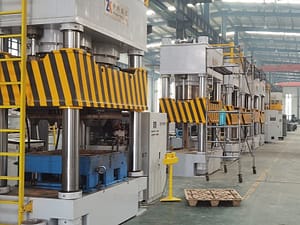Using recycled plastic to produce plastic roof tiles offers several environmental and economic advantages. Here are the key benefits, supported by relevant data to make the case more compelling:

1. Environmental Benefits
- Waste Reduction: Recycling plastic helps divert waste from landfills and oceans. According to the United Nations Environment Programme (UNEP), approximately 11 million tons of plastic enter the ocean annually, and recycling initiatives can significantly mitigate this impact.
- Lower Carbon Footprint: Manufacturing roofing tiles from recycled plastic emits significantly less CO₂ than traditional materials. For example, using recycled plastic instead of virgin materials can reduce greenhouse gas emissions by up to 80%, according to the Plastics Industry Association.
2. Durability and Longevity
- Weather Resistance: Plastic roof tiles are resistant to extreme weather conditions, such as heavy rain, UV radiation, and high winds. They typically last 50+ years, which outperforms many traditional roofing materials.
- Lightweight: Recycled plastic tiles are much lighter than clay or concrete tiles, reducing structural stress and making them easier and cheaper to transport.
3. Cost-Effectiveness
- Affordable Raw Material: Recycled plastic is often cheaper than virgin materials. For instance, in 2023, the price of virgin polyethylene averaged $1,400 per ton, while recycled polyethylene could cost 20–30% less, depending on regional markets.
- Energy Savings: Recycling plastic consumes 88% less energy than producing new plastic, as reported by the Environmental Protection Agency (EPA). This translates to lower production costs for roofing tiles.
4. Sustainability in Construction
- Insulation Properties: Plastic tiles can improve thermal insulation, reducing energy consumption for heating or cooling by up to 30%, depending on the region.
- Circular Economy Contribution: By incorporating recycled plastic into roof tiles, companies actively contribute to a circular economy, where materials are reused rather than discarded.

Example Impact
Consider a plastic roof tiles project that uses 1 ton of recycled plastic to produce plastic tiles:
- Prevents approximately 1,000 kilograms of plastic waste from ending up in landfills.
- Saves enough energy to power a household for 6 months.
- Reduces CO₂ emissions by about 1.5 metric tons, equivalent to taking a car off the road for 3,700 miles.
These points make a strong case for adopting recycled plastic roof tiles as a sustainable and practical solution for modern construction needs.



